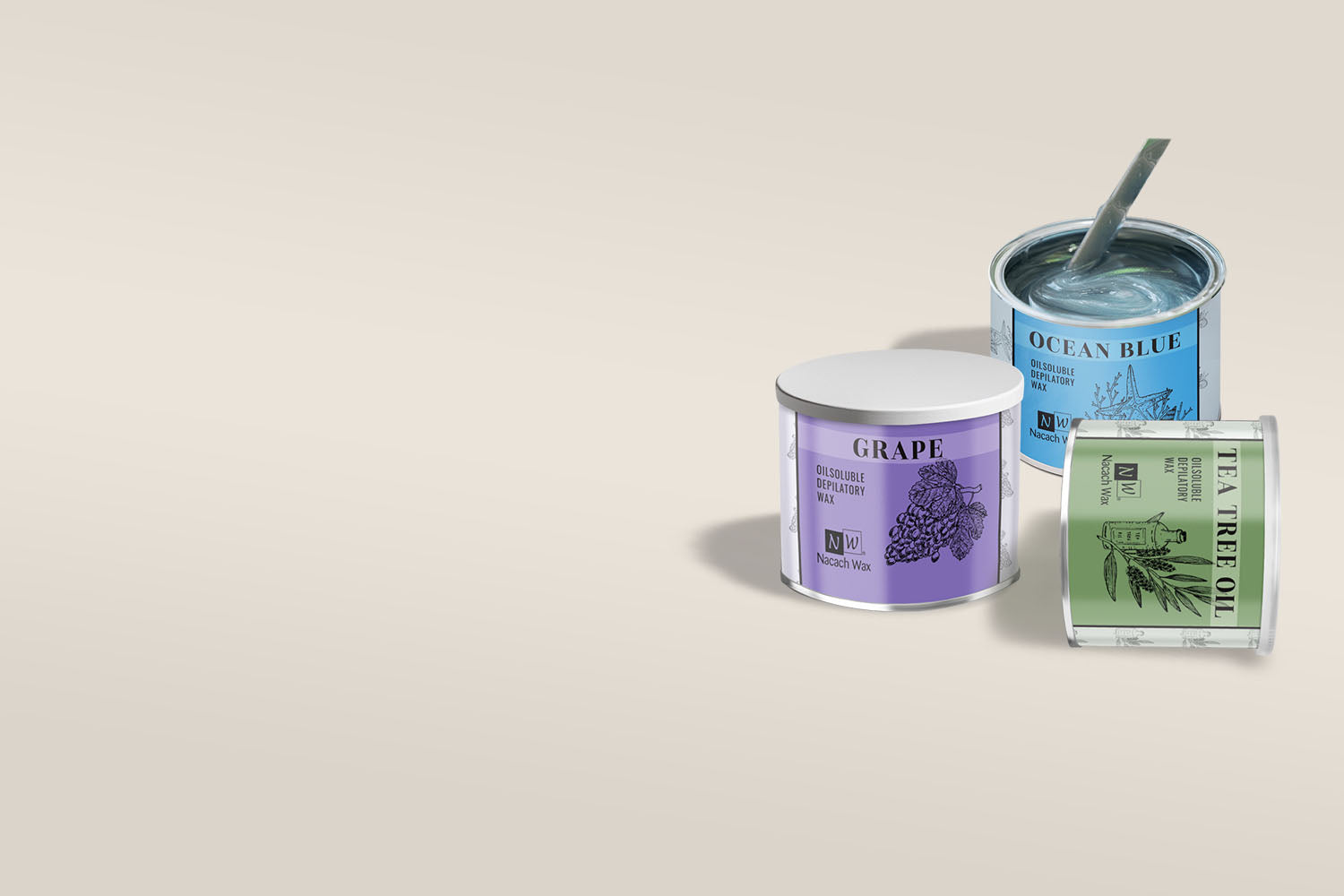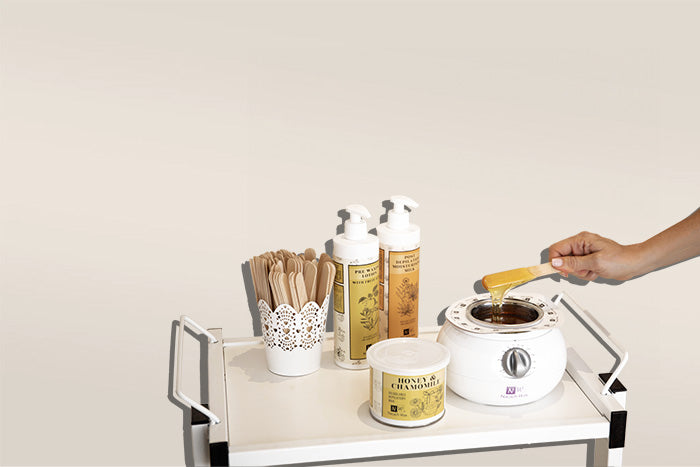Waxing at home can be a convenient and cost-effective way to maintain smooth, hair-free skin. However, without proper knowledge and techniques, DIY waxing can lead to unwanted side effects and injuries. This guide will help you navigate the world of home waxing safely, ensuring you avoid common mistakes and achieve professional-like results.
Preparing for DIY Waxing
Gathering the Right Supplies
Before you begin, it's essential to have all the necessary supplies on hand. This includes high-quality waxing strips, a reliable wax warmer, pre-wax cleanser, and soothing lotions or oils for aftercare. Using the right products ensures a smoother waxing experience and reduces the risk of skin irritation.
Choosing the Right Wax
There are different types of wax available, such as hard wax and soft wax. Hard wax is often preferred for sensitive areas like the bikini line and face because it grips the hair and not the skin, making it less painful. Soft wax, on the other hand, is usually used for larger areas like the legs and arms. Selecting the appropriate wax for each body part is crucial for effective and safe hair removal.
Preparing Your Skin
Proper skin preparation is key to a successful waxing session. Start by exfoliating the area to remove dead skin cells, which helps prevent ingrown hairs. Make sure your hair is at least a quarter-inch long to allow the wax to grip effectively. Avoid applying lotions or oils before waxing, as they can interfere with the wax's adhesive properties.
Proper Waxing Techniques
Heating the Wax Correctly
Heating the wax to the right temperature is vital. If the wax is too hot, it can burn your skin; if it's too cool, it won't spread properly. Follow the manufacturer's instructions and test the wax on a small area of your skin before applying it to larger sections. This ensures the wax is at a comfortable temperature.
Applying Wax in the Right Direction
Apply the wax in the direction of hair growth using a wooden spatula or applicator. Press the wax firmly onto the skin to ensure it adheres well to the hairs. Working in small sections makes the process more manageable and reduces the chance of the wax breaking or lifting improperly.
Removing Wax Properly
Hold your skin taut with one hand and quickly pull the waxing strip off in the opposite direction of hair growth with the other. Pull the strip parallel to your skin rather than upward to minimize pain and prevent irritation. Doing this swiftly and smoothly is essential for effective hair removal and to reduce discomfort.
Aftercare for Smooth Skin
Soothing the Skin
After waxing, your skin may feel sensitive. Apply a soothing lotion or aloe vera gel to calm any irritation. Avoid hot showers, saunas, or intense workouts for at least 24 hours to prevent further irritation and allow your skin to recover.
Preventing Ingrown Hairs
Ingrown hairs can be a common issue after waxing. To prevent them, continue to exfoliate regularly and keep your skin moisturized. Wearing loose-fitting clothing can also help reduce friction and irritation, minimizing the chances of hairs growing back into the skin.
Common DIY Waxing Mistakes to Avoid
Using Wax That's Too Hot
Applying wax that is too hot can cause burns and significant skin irritation. Always test the wax on a small area of your skin before full application to ensure it's a safe temperature.
Not Testing the Temperature
Skipping the temperature test is a common mistake. Always verify the wax's heat level to prevent burns and ensure a comfortable waxing experience.
Applying Wax Too Thickly
Applying a thick layer of wax makes it more difficult to remove and increases the risk of breakage. A thin, even layer ensures better adhesion to the hairs and a smoother removal process.
Waxing Against the Hair Growth Direction
Applying wax against the direction of hair growth can lead to increased pain and skin irritation. Always follow the natural direction of hair growth for a more effective and less painful waxing session.
Neglecting Aftercare
Failing to take proper care of your skin after waxing can result in irritation, ingrown hairs, and prolonged redness. Follow a consistent aftercare routine to maintain smooth and healthy skin.
Safety Tips for DIY Waxing
- Patch Test: Always perform a patch test on a small area of skin to check for allergic reactions or sensitivity to the wax.
- Clean Tools: Ensure all your waxing tools are clean to prevent infections and skin irritations.
- Avoid Broken Skin: Do not wax over cuts, bruises, or any broken skin to prevent further irritation and potential infections.
- Proper Storage: Store your waxing supplies in a cool, dry place to maintain their effectiveness and hygiene.
- Follow Instructions: Always adhere to the manufacturer's instructions for the best and safest results.
- Stay Calm: Relax your muscles during waxing to make the process smoother and less painful.
- Seek Help for Hard-to-Reach Areas: If you're waxing areas like the back or other hard-to-reach spots, consider asking for assistance to ensure even application and removal.
Frequently Asked Questions
Is DIY waxing safe for sensitive skin?
Yes, with the right techniques and products, DIY waxing can be safe for sensitive skin. Use gentle wax formulations and always perform a patch test before waxing larger areas.
How often should I wax at home?
Typically, waxing can be done every 4 to 6 weeks, depending on your hair growth cycle. This interval allows for optimal hair removal without causing excessive irritation.
Can I wax over sunburned skin?
No, you should avoid waxing over sunburned or irritated skin as it can cause further damage and increase the risk of burns and infections.
What should I do if I get a burn from waxing?
If you experience a burn, immediately apply a cool compress to the area and avoid using any harsh products. If the burn is severe, seek medical attention.
How can I minimize pain during DIY waxing?
To reduce pain, ensure your skin is properly prepared, apply wax in small sections, hold your skin taut, and remove the wax quickly and smoothly. Additionally, waxing in a warm environment can help minimize discomfort.




